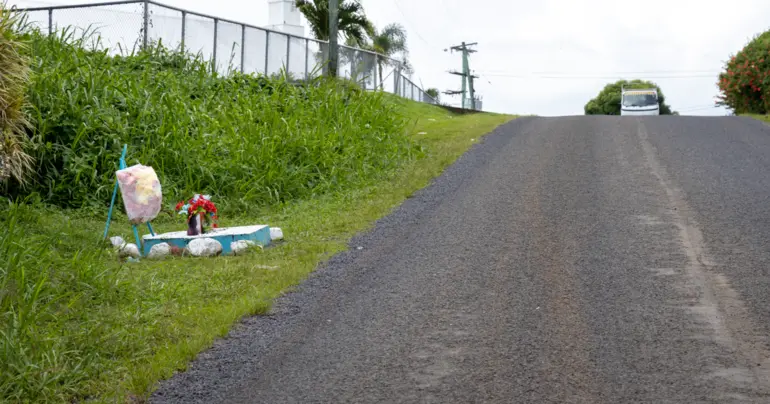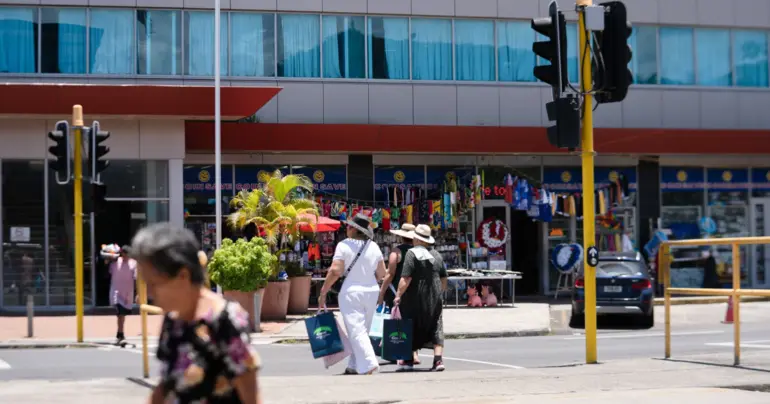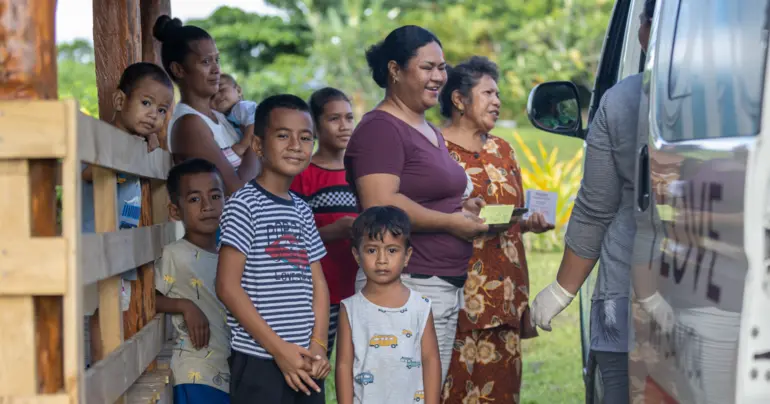Is this a cart before the horse situation?
Parliament sitting for this term has started again and on the very first day, the Samoa Export Authority Act was passed. While the law has been passed, it begs the question if the government has put the cart before the horse.
The Samoa Export Authority (S.E.A.) is a State Own Enterprise and registered as a Public Beneficiary Body. The authority’s mission is to strengthen Samoa’s export capacities with the initial target on agricultural products and the long-term goal for all exports to come under the new entity’s microscope.
The government has not hidden the fact that S.E.A. will not be profitable in the first few years and it will need the backing of public funds to operate and pay its staff, executive management and board members.
Was there a need for a body like the S.E.A.? It seems that the government has missed a big part of the equation. That is reducing the food import bill. The House had politicians talking about exports when the fact is that there is not enough supply for the local market.
Major vegetables and fruits that can be produced locally and are high in nutritional value are missing from the shelves of supermarkets. Yet we are straight heading into exports. In reality, Samoa’s agriculture sector is struggling.
The collapse of commercial farming due to a good number of factors has left the country with a severe shortage of food and agricultural productivity. This has resulted in high food prices and people leaning more towards processed food because they are cheaper than vegetables, one of the many reasons why this nation has a high percentage of non-communicable diseases.
Before the export authority, the government has to look at initiatives that would give rise to more production. Government subsidies to promote large scale commercial farming based on evidence that the yield would be beneficiary for the farmers. It should also be based on what can be produced for the local markets.
Green leafy vegetables, legumes and other types of root crops are not being farmed at large enough scales and there is a market for those. We are feeding tourists with imported food. Imagine marketing the ‘Grown in Samoa’ brand.
Statistics show that coconut, taro and fish are the main fresh produce exports out of Samoa. On the export index, Samoa is number 202. Even with fisheries, are we going to look for a market when there are factors affecting large catches?
Only well-established farmers who only eye the export market will benefit. But then again, the yield is not big enough to compete against the bigger players from the region. What benefit would be an export authority if there is no attempt to increase production?
The SEA sounds similar to what the World Bank project was with Samoa five years ago. The World Bank and the Food and Agricultural Organisation were working to help Samoan farmers and fishers seeking to become more commercially viable.
There was a six-year, US$ 23.55 million project, including US$ 3.6 million in co-financing from IFAD, aimed to make Samoa’s agriculture and fisheries sectors more efficient, productive and sustainable.
Building on an earlier World Bank initiative, the project talked about investing in rehabilitating and building disaster-resilient infrastructure, including nurseries, crop drying facilities and cold storage for fish and meat. It looked at finding easier access for Samoan farmers and fishers to credit and markets. Whatever has happened to that?
One obstacle that was identified was Samoa’s subsistence and semi-commercial farmers and fishers from taking it to the next level is the lack of financing. The World Bank also said that Samoa’s small size, remoteness and vulnerability to climate shocks and natural disasters constrain its economic growth.
“Around half of the population is obese, and more than 40 per cent of deaths stem from non-communicable diseases like diabetes, strokes and heart disease. Even though most Samoans grow crops and raise livestock, the country still relies heavily on imported food.”
The idea behind the S.E.A. is not bad. It is very good. Let’s say that markets get identified but will we be able to compete with the rest of the region? Shipping and freight delays are another concern, how can we think of exporting when we have not fixed that dilemma yet?
How long will we have to wait until we see viable agricultural export commodities? And until that happens, the public will be supporting a body that could become another white elephant as many such projects have.
The best thing for now is to focus on feeding the local population with locally grown vegetables and livestock. Instead of eating fatty flaps of lamb or hormone-injected chicken, where are the cattle, goats and poultry farms? Give incentives for such ventures. Make them tax-free, increase local employment and locally grown produce.
Reducing the food import bill rather than immediately increasing exports would be a much better alternative. Let us look at exports when we know the local market is stocked to the brim.
What do you think?












